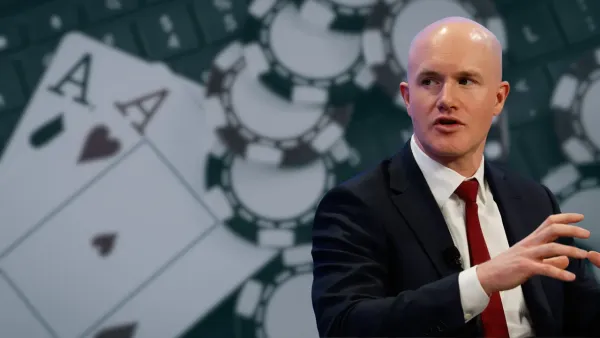More Stable Than Stablecoins! BlackRock Tokenizes U.S. Treasuries, Launches BUIDL as the Crypto Bank
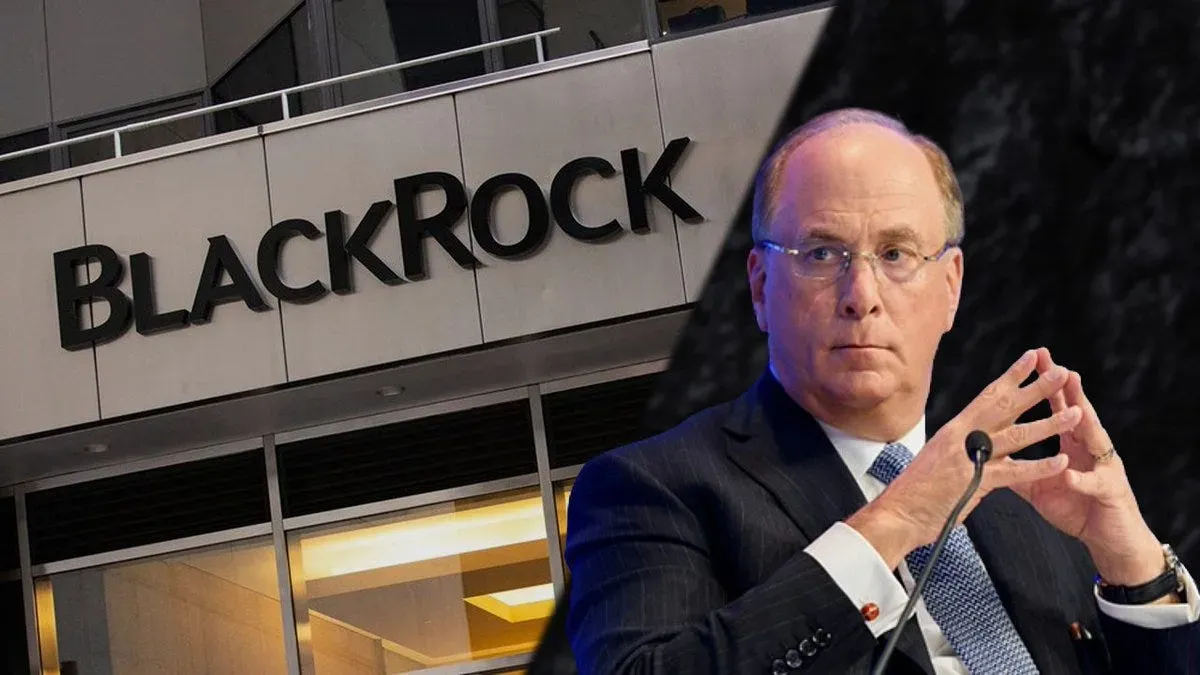
GM,
Great news has arrived for BlackRock’s on-chain U.S. Treasury fund (BlackRock USD Institutional Digital Liquidity Fund, BUIDL), launched in 2024 by the world’s largest asset manager. This week, BUIDL’s assets under management surpassed $1.2 billion, solidifying its position as the global leader in tokenized real-world assets (RWA). I believe more and more companies will choose to hold U.S. Treasuries through BUIDL—because there’s simply no reason not to.
Let’s start by revisiting the USDC crash of 2023.
The USDC Crash
Flashback to March 2023. At the time, investors were still reeling from the collapse of FTX, rushing to withdraw their crypto holdings into self-custody wallets. However, what no one expected was that even keeping USDC stablecoinssafely in a cold wallet could lead to trouble. The problem? The reserves backing the stablecoin had suddenly vanished!
The shock came when Silicon Valley Bank (SVB)—the 16th largest bank in the U.S.—unexpectedly collapsed 1. SVB was a trusted financial institution for many startups in Silicon Valley. One of its clients, Circle, the issuer of USDC (a stablecoin known for its compliance and legitimacy), was caught in the turmoil. To ensure USDC could always be redeemed 1:1 for U.S. dollars, Circle diversified its reserves across multiple banks. But in an unfortunate turn of events, three of those banks—including SVB—collapsed within weeks.
At the time, $3.3 billion of Circle’s reserves were trapped in these failing banks. Meanwhile, FDIC insurance only covered up to $250,000 per account—a mere drop in the ocean. When investors realized that each USDC was no longer fully backed by a dollar, panic selling ensued. Fearing that USDC would turn into an empty shell, people rushed to sell, causing it to plummet to $0.85. The crisis only ended when the U.S. government intervened, guaranteeing that all depositors would recover their funds. This reassurance helped USDC repeg to $1, averting disaster.
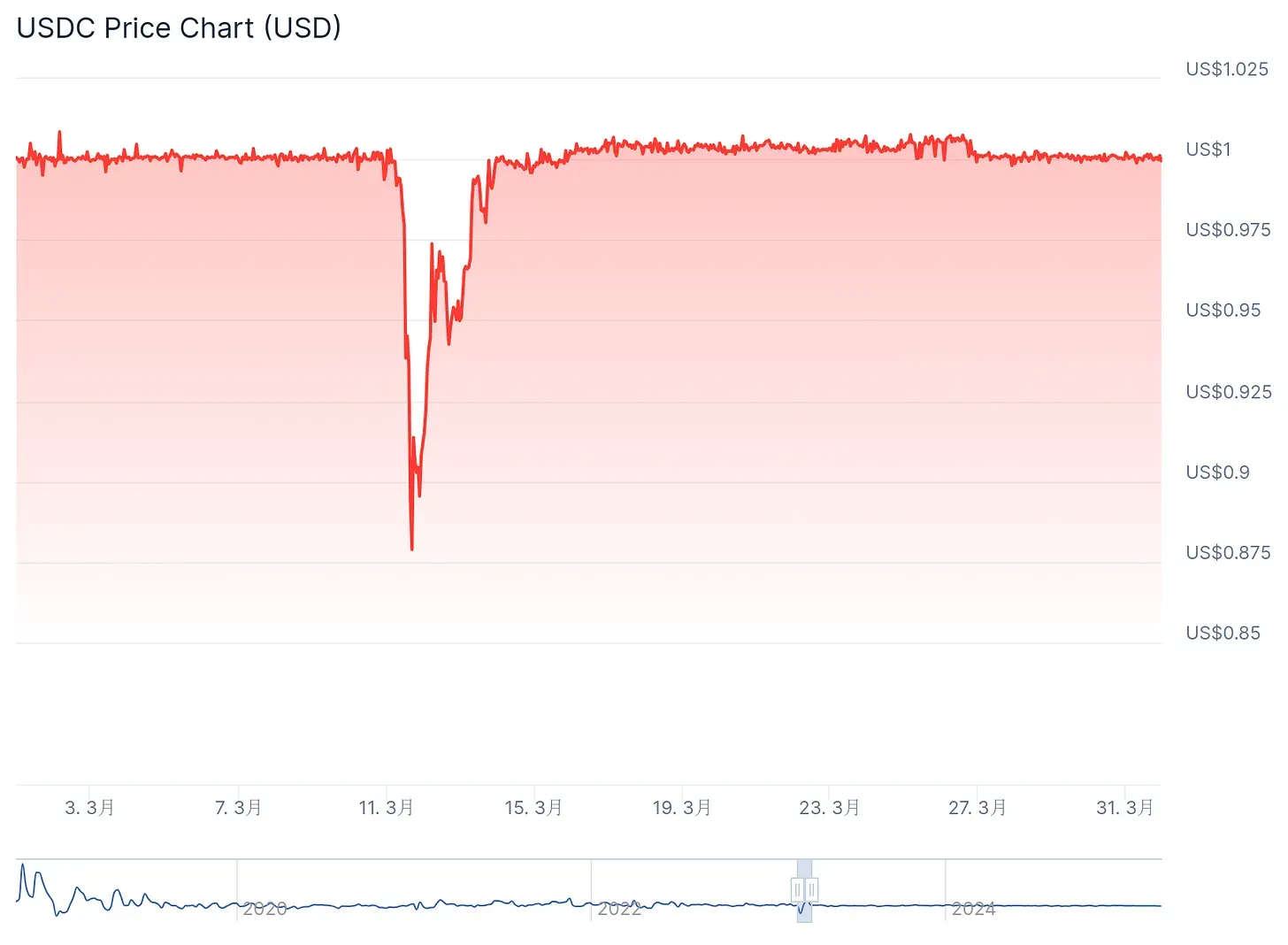
The incident became a watershed for stablecoin development. Circle learned a crucial lesson—banks were more fragile than expected—and began shifting more of its reserves into BlackRock-managed U.S. Treasury funds. At the same time, the influx of crypto capital caught BlackRock’s attention, leading to the launch of its BUIDL fund in 2024. This allowed investors to hold U.S. Treasuries using cryptocurrencies.
Tokenizing U.S. Treasuries
What is the lowest-risk asset in the crypto market? Most people would say stablecoins. However, both USDC and USDThold assets in banks, making them vulnerable to future bank failures. BlackRock’s BUIDL fills this gap, positioning itself as a more stable on-chain alternative to traditional stablecoins.
BUIDL is exclusively available to institutional investors. It functions similarly to a dollar-pegged stablecoin, maintaining a fixed value of $1. However, unlike stablecoins backed by bank deposits, BUIDL is fully collateralized by U.S. government-issued cash and short-term Treasury bonds. This structure makes it a lower-risk option. The biggest advantage? Monthly interest payouts. BUIDL holders earn an annualized yield of 4.5%, significantly higher than traditional bank fixed deposits, which typically offer 2-3%, and far better than stablecoins, which generate no yield at all.
After just one year, BUIDL has become the leading tokenized real-world asset, bridging the gap between crypto and traditional finance. Many crypto firms hold large amounts of stablecoins, but those assets generate zero returns. For example, Ethena recently announced it was converting 200 million USDC into BUIDL—gaining a safer asset with interest. Crypto exchanges are also potential users: by swapping idle stablecoin deposits for BUIDL, they can generate passive income on unused funds.
Another key user base is traditional investors holding short-term U.S. Treasuries. Treasury bonds can only be traded during banking hours, whereas BUIDL is available 24/7 on the blockchain, offering superior liquidity and efficiency.
The following asset pyramid illustrates how BUIDL differs from other dollar-pegged stablecoins. In the diagram, assets lower in the pyramid (such as gold and Bitcoin) offer stronger resistance to systemic risks, while assets higher up (like prepaid card balances or stablecoins) are more liquid. The core business of stablecoin issuers is repackaging lower-tier assets to make them easier to trade.
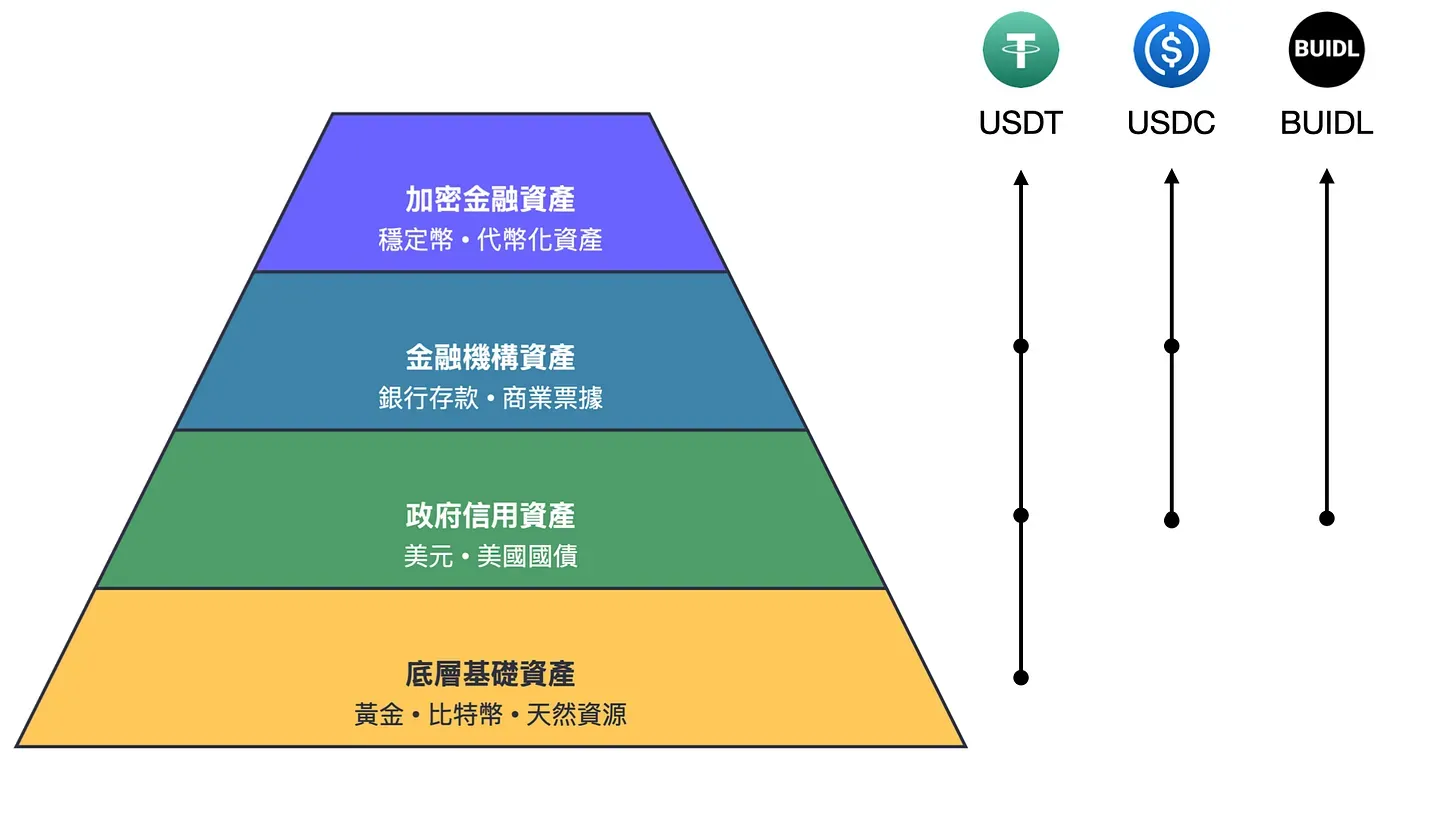
Taking Tether and Circle as examples, these companies initially packaged bank deposits and commercial paper into stablecoins for circulation. However, as their scale grew, they shifted to holding lower-risk assets to reduce exposure. Circle now holds U.S. Treasuries, while Tether holds a mix of Treasuries, gold, and Bitcoin. As the world’s largest asset manager, BlackRock is even responsible for managing the U.S. Treasury reserves backing USDC through the Circle Reserve Fund. This is why BUIDL is considered a lower-risk asset than USDC.
As BUIDL gains adoption, it is set to trigger a new wave of competition in the stablecoin market. Currently, stablecoin issuers like Tether and Circle earn massive profits from U.S. Treasury yields but do not share them with their users. For example, in 2024, Tether reported a staggering $13 billion in net profit. Tether uses customer deposits to buy U.S. Treasuries and earn interest, yet users only receive stablecoins with zero yield in return. In contrast, BUIDL charges a modest 0.2% to 0.5% management fee, but returns the majority of Treasury yields to its holders. As a result, BUIDL holders enjoy an annualized return of approximately 4.5%.
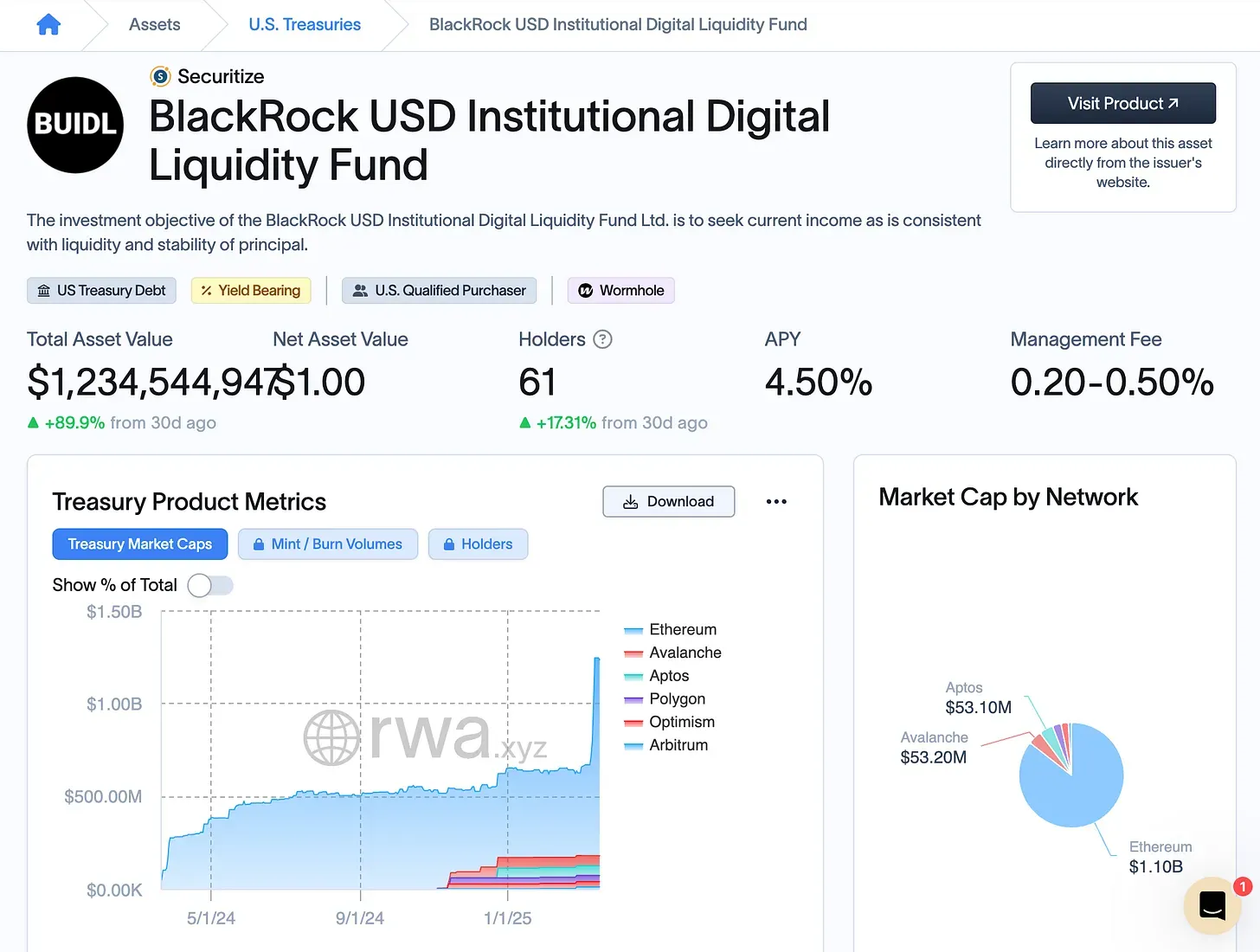
As market competition intensifies, issuers like Tether and Circle may be forced to adjust their business models and start sharing a portion of their revenue with users. In the long run, “yield-bearing stablecoins” could become the new market standard, as users will no longer accept zero-interest stablecoins.
The Crypto Bank
Beyond that, I believe BUIDL is poised to replace some of the functions of banks and stablecoins, serving as a new bridge between traditional finance and on-chain finance. In the past, crypto businesses relied heavily on maintaining good relationships with banks to operate smoothly. But the 2023 USDC depeg event proved that even so-called crypto-friendly banks could still become a liability.
BlackRock recognized this challenge and seized the opportunity to become an alternative “crypto bank.” While BlackRock doesn’t operate a bank, the U.S. Treasuries it manages are a more fundamental and secure asset than bank deposits. Moreover, BlackRock has a far more open stance toward crypto, having already launched Bitcoin and Ethereum ETFs. Now, with BUIDL, it offers a new alternative for crypto companies to store assets, reducing their reliance on traditional banks.
BUIDL recently surpassed $1.2 billion in assets under management, proving strong market demand while further blurring the line between traditional finance and on-chain finance. If more traditional financial products move on-chain, the blockchain space could start influencing the broader financial market. Perhaps tokenized U.S. Treasury funds like BUIDL represent a new era for financial assets—where blockchain is simply part of the financial system, eliminating the need to distinguish between on-chain and off-chain finance.
Blocktrend is an independent media platform sustained by reader subscription fees. If you find Blocktrend's articles valuable, we welcome you to share this piece. You can also join discussions on our member-created Discord or collect the Writing NFT to include this article in your Web3 records.
Furthermore, please consider recommending Blocktrend to your friends and family. If you successfully refer a friend who subscribes, you'll receive a complimentary one-month extension of your membership. You can find past issues in the article list. As readers often inquire about referral codes, I have compiled them on a dedicated page for your convenience. Feel free to make use of them.
1 USDC Depeg: How Banks Weakened Stablecoins & the Fragmented Financial System





